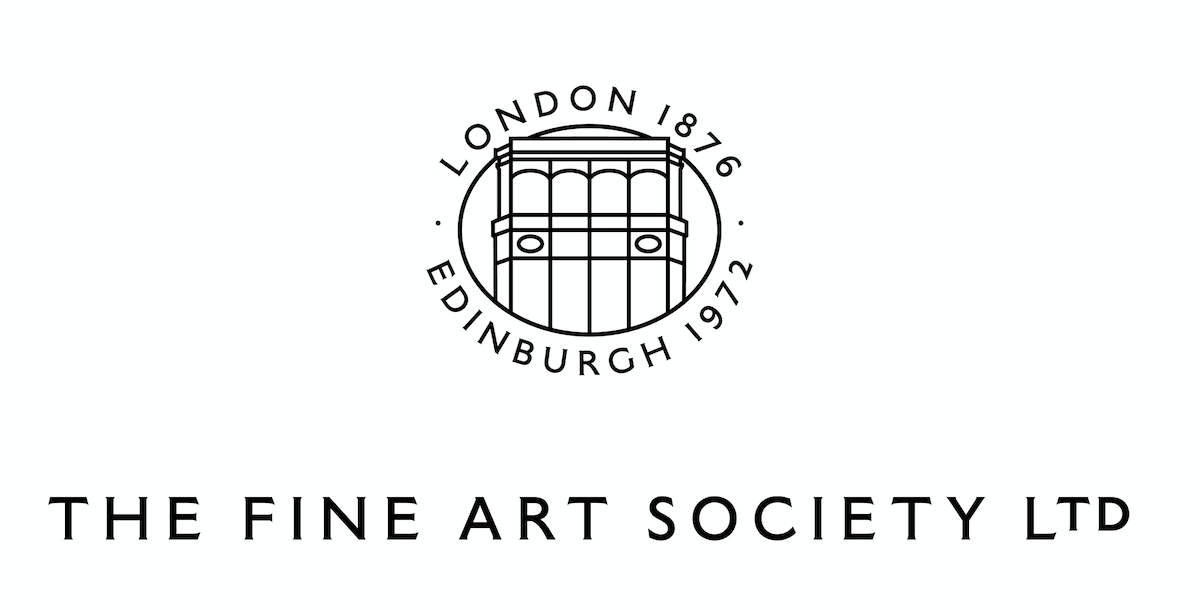MODERN PRINTMAKING: WILSON & FLEMING
JAMIE MACKINNON
-
'fleming had been trained at glasgow school of art under charles murray, whose main tenet was that a print must have mood. wilson shared this preoccupation with mood to a perhaps even greater degree...'
-fiona pearson
-

William Wilson RSA RSW, Sutherland, 1934
-

Ian Fleming RSA RSW, Ian Fleming, 1906 - 1994. Artist
© The Fleming Family.
National Galleries of Scotland
-

William Wilson RSA RSW, Palace of Holyroodhouse
-
YOU MAY ALSO LIKE
-

William Wilson RSA RSW
1905 - 1972 -

Ian Fleming RSA RSW
1906 - 1994 -

Printmaking
1920-1940 14 January - 13 February 2021 -

John McLean
Forza: prints 14 January - 27 March 2021As a gallery whose offering spans the centuries, the radical shift in the way our spaces look with John’s work always gives us an uplifting and refreshing surprise. The Boston...
-
-
CLICK HERE TO SIGN UP TO RECEIVE THE FINE ART SOCIETY'S JOURNAL








